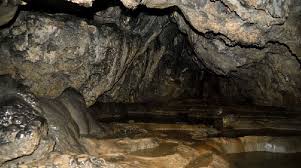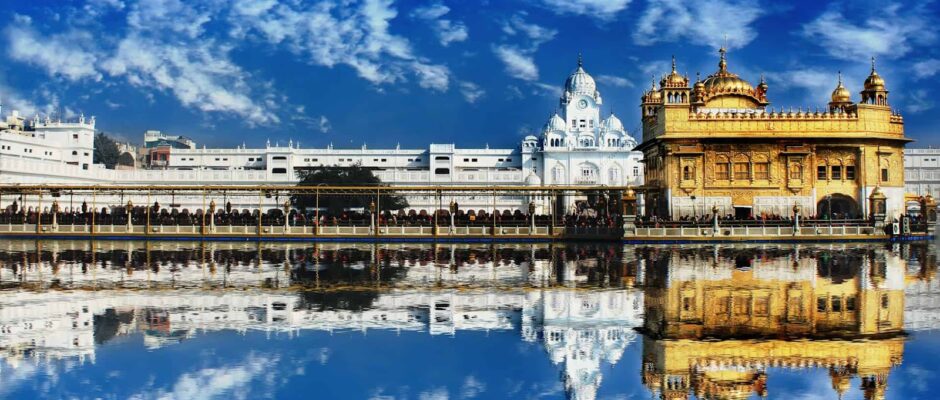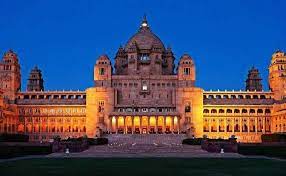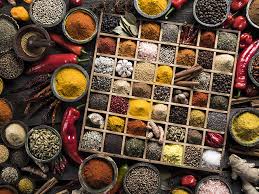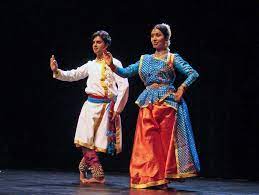Nomadic Narratives: The Untold Stories of India’s Pastoral Wanderers
Discovering a Life of Freedom, Resilience, and Unbreakable Traditions This vast nation is home to a kaleidoscope of nomadic communities whose ways of life are as fascinating as they are awe-inspiring. So pack your metaphorical bags and join us on a journey through nomadic narratives that will leave you spellbound! The Resilient Ramblers Let’s start with the legendary Rebaris of Rajasthan, a tribe of camel-herding nomads who have mastered the art of traversing the harsh Thar Desert for centuries. Do you know that these resilient wanderers can cover over 100 kilometers in a single day, pitching their vibrant tents wherever their camels find nourishment? But the Rebaris’ nomadic lifestyle isn’t just about survival – it’s a rich tapestry of customs, oral traditions, and an unwavering connection to their beloved ships of the desert. You’ll be amazed to learn how these skilled artisans craft intricate embroidery and jewelry using age-old techniques while on the move. The Mystic Maldharis Shifting gears from the desert dunes, let’s delve into the enchanting world of the Maldharis – the legendary cattle herders of Gujarat’s Rann of Kutch. These spirited nomads have been embarking on bi-annual migrations for generations, following the rhythm of the seasons in search of lush grazing grounds. Not only that, but the Maldharis are also renowned for their captivating folk music and dances, which they perform with infectious energy around crackling campfires under starry skies. It’s like being transported to a mystical realm where ancient traditions and a deep reverence for nature reign supreme. The Vibrant Van Gujjars Now, let’s journey to the misty hills of Uttarakhand, where you’ll encounter the vibrant Van Gujjar community, a tribe of semi-nomadic buffalo herders whose way of life is as colorful as their traditional attire. You’ll be spellbound by the Van Gujjars‘ intricate embroidery skills, which they employ to adorn their tents, clothing, and even their beloved buffaloes with intricate patterns and motifs. And wait till you witness their lively folk dances, which celebrate the joys and hardships of their pastoral existence with infectious energy. The Shepherds’ Symphony Of course, no exploration of India’s nomadic tapestry would be complete without delving into the world of the Bakkarwals, the legendary Gujjar and Bakarwal shepherds who traverse the breathtaking landscapes of Jammu and Kashmir in search of greener pastures. Imagine the sight of these hardy wanderers, clad in their traditional pheras (long woolen cloaks), leading their flocks across snow-capped mountains and verdant valleys. Not only that, but you’ll be captivated by their rich oral folklore, which they pass down from generation to generation through mesmerizing storytelling sessions around crackling campfires. The Warmth of Wanderers While the nomadic lifestyle may seem harsh and unforgiving to the outsider, the truth is that these resilient communities are bound by an unbreakable spirit of warmth, hospitality, and unwavering respect for their age-old traditions. Imagine being welcomed into a nomadic camp with open arms, where you’ll be treated to piping hot cups of sweetened chai and hearty fare cooked over open flames. It’s a humbling experience that will leave you in awe of the deep-rooted wisdom and resilience of these wandering souls. So, there you have it, fellow adventurers, a tantalizing glimpse into the nomadic narratives that have woven the rich tapestry of India’s cultural heritage for centuries. Whether you’re seeking a deeper understanding of the nomadic way of life or simply craving an authentically immersive cultural experience, this odyssey is sure to leave you utterly spellbound. Prepare to have your perceptions challenged, your horizons expanded, and your soul enriched by the timeless tales of these remarkable wanderers.



